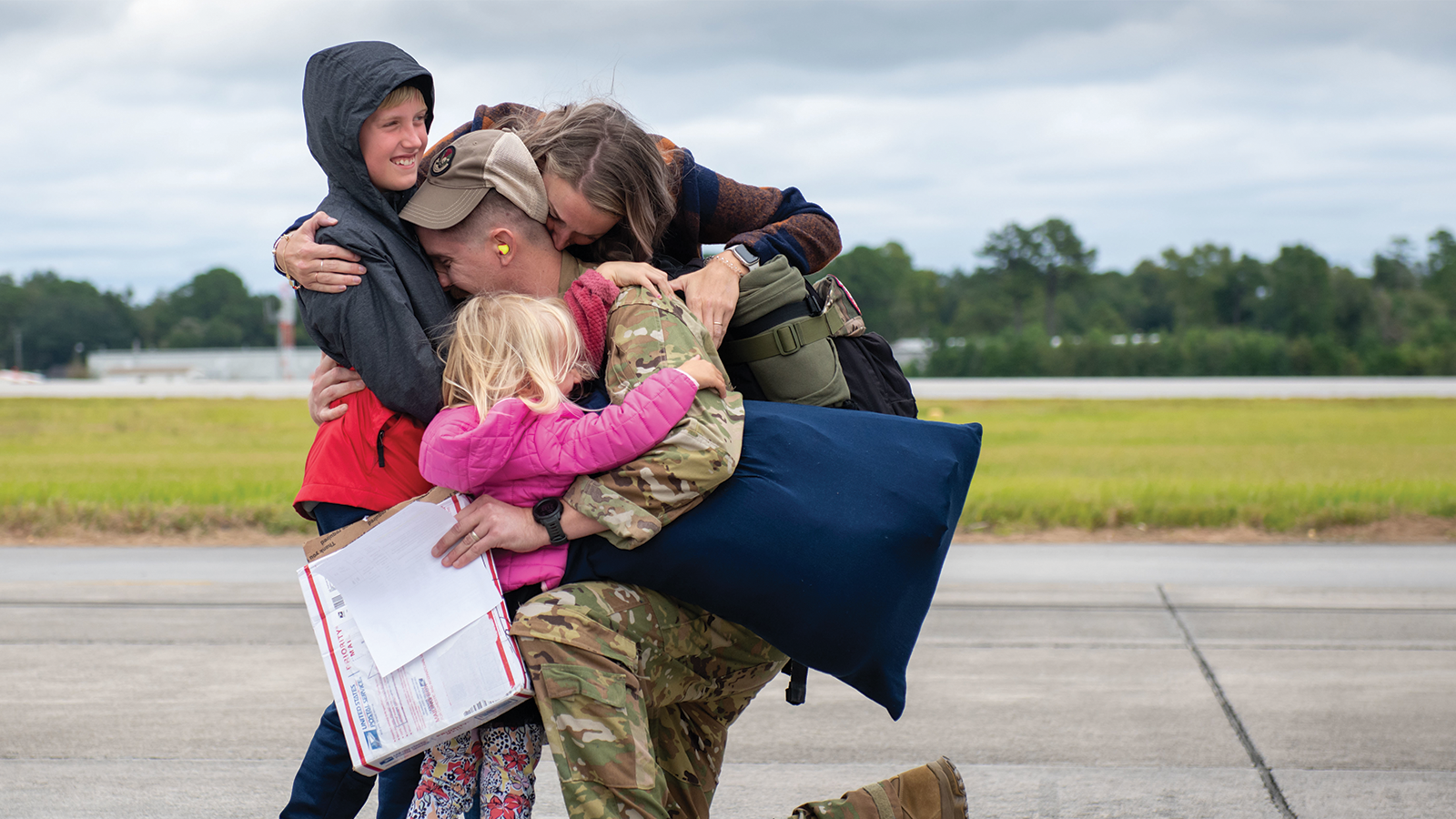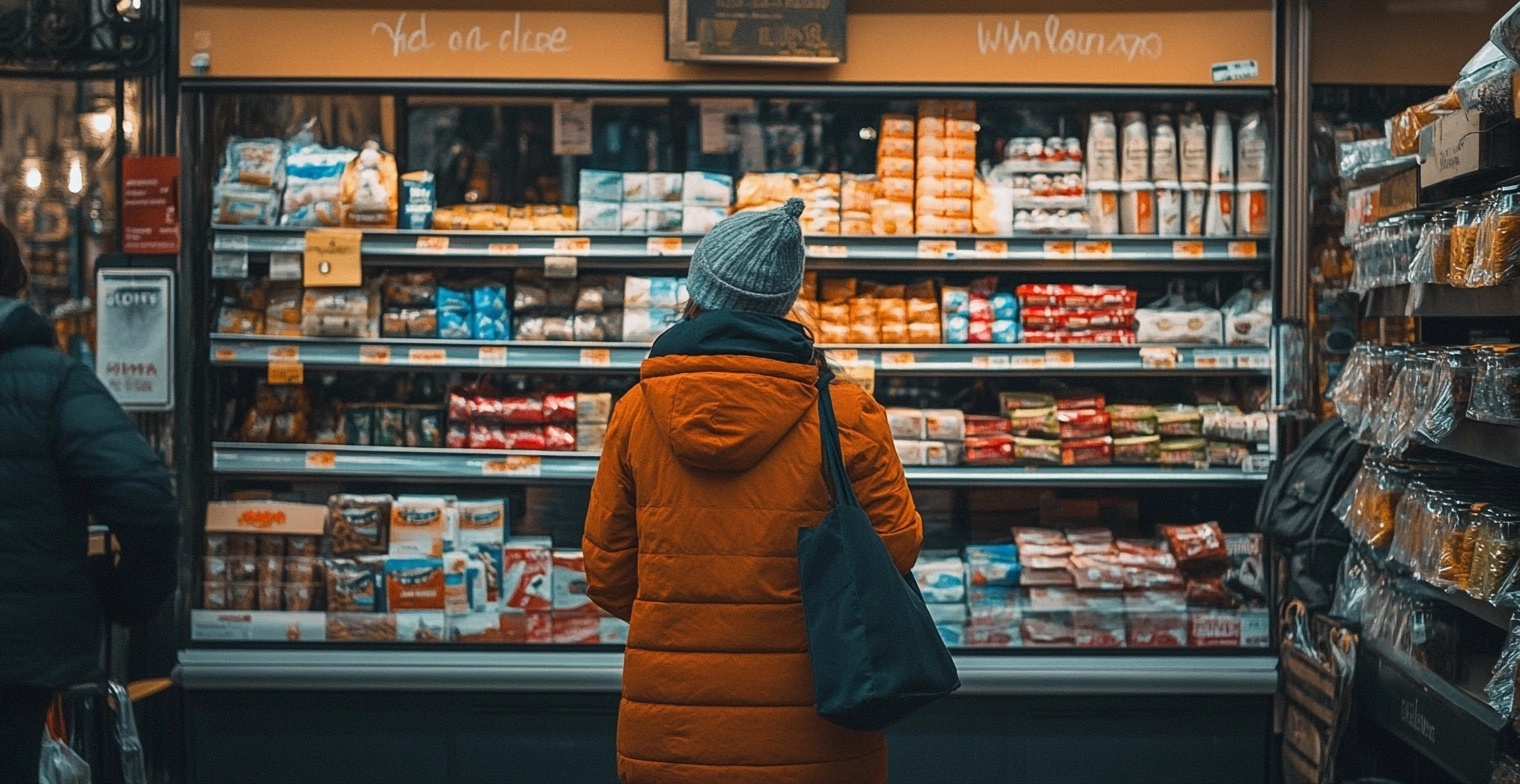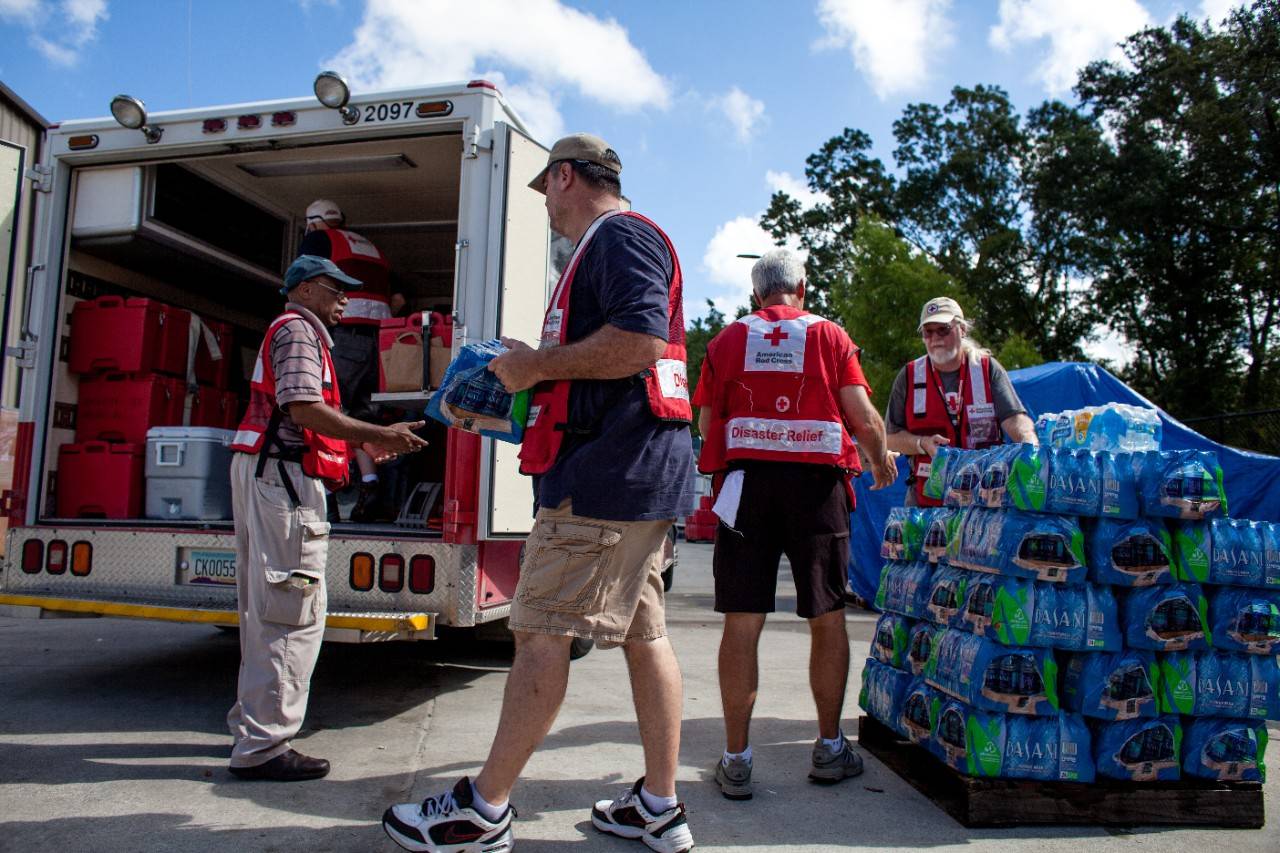
Disasters can strike in the blink of an eye, leaving devastation in their wake. Yet, amidst the rubble and despair, there’s always a glimmer of hope—charities dedicated to rebuilding and restoring communities. These organizations step up when the world seems to crumble, offering not just relief but also the promise of a better tomorrow. Here’s a look at ten incredible charities making a real difference in the aftermath of disasters.
1. Direct Relief
Direct Relief is a beacon of hope for communities hit by disasters worldwide. They provide medical assistance and supplies to those in need, ensuring that health services continue even in the direst circumstances. Their quick response to crises like the 2010 Haiti earthquake and the 2020 COVID-19 pandemic highlights their critical role in disaster recovery. By collaborating with local health organizations, Direct Relief ensures that their aid is effective and timely.
Volunteering at Direct Relief was an eye-opening experience. I spent my days organizing medical supplies, preparing them for shipment to areas in desperate need. It was incredible to see the immediate impact of our work, knowing that each box packed could potentially save lives. The sense of community among volunteers was inspiring; we were all united by a common goal of helping those in crisis. One moment that stands out was when we received a thank-you note from a clinic we had supported. It reminded me that even small efforts can make a significant difference in the world.
 Unloading palettes from Direct Relief
Unloading palettes from Direct Relief
2. Habitat for Humanity
When disaster strikes, Habitat for Humanity steps in with its trademark enthusiasm for rebuilding homes. This organization is renowned for constructing affordable housing and repairing homes damaged by natural disasters. For instance, after Hurricane Katrina in 2005, Habitat for Humanity played a pivotal role in rebuilding New Orleans. They work hand-in-hand with volunteers and homeowners, creating not just houses but communities grounded in hope and resilience.
3. World Central Kitchen
Founded by chef José Andrés, World Central Kitchen isn’t just about filling bellies; it’s about restoring dignity and hope. They provide nutritious meals in disaster-stricken areas, often setting up mobile kitchens to serve thousands. Their work in Puerto Rico after Hurricane Maria and their recent efforts in Ukraine showcase their ability to adapt and respond to the evolving needs of disaster survivors.

4. The Red Cross
The Red Cross is often the first name that comes to mind when thinking about disaster relief. With a global network and years of experience, they provide emergency aid, shelter, and recovery services. Their role extends beyond immediate relief; they also help communities prepare for future disasters. A recent example is their response to the wildfires in California, where they provided temporary shelters and long-term support for displaced families.
 Unloading food from Red Cross vehicle
Unloading food from Red Cross vehicle
5. Mercy Corps
Mercy Corps is known for its comprehensive approach to disaster recovery, combining immediate relief with long-term development. They focus on rebuilding communities and economies, helping people return to normalcy. For instance, in the wake of the Syrian refugee crisis, Mercy Corps has worked tirelessly to provide essential services and support for displaced families, fostering resilience in the face of ongoing conflict.
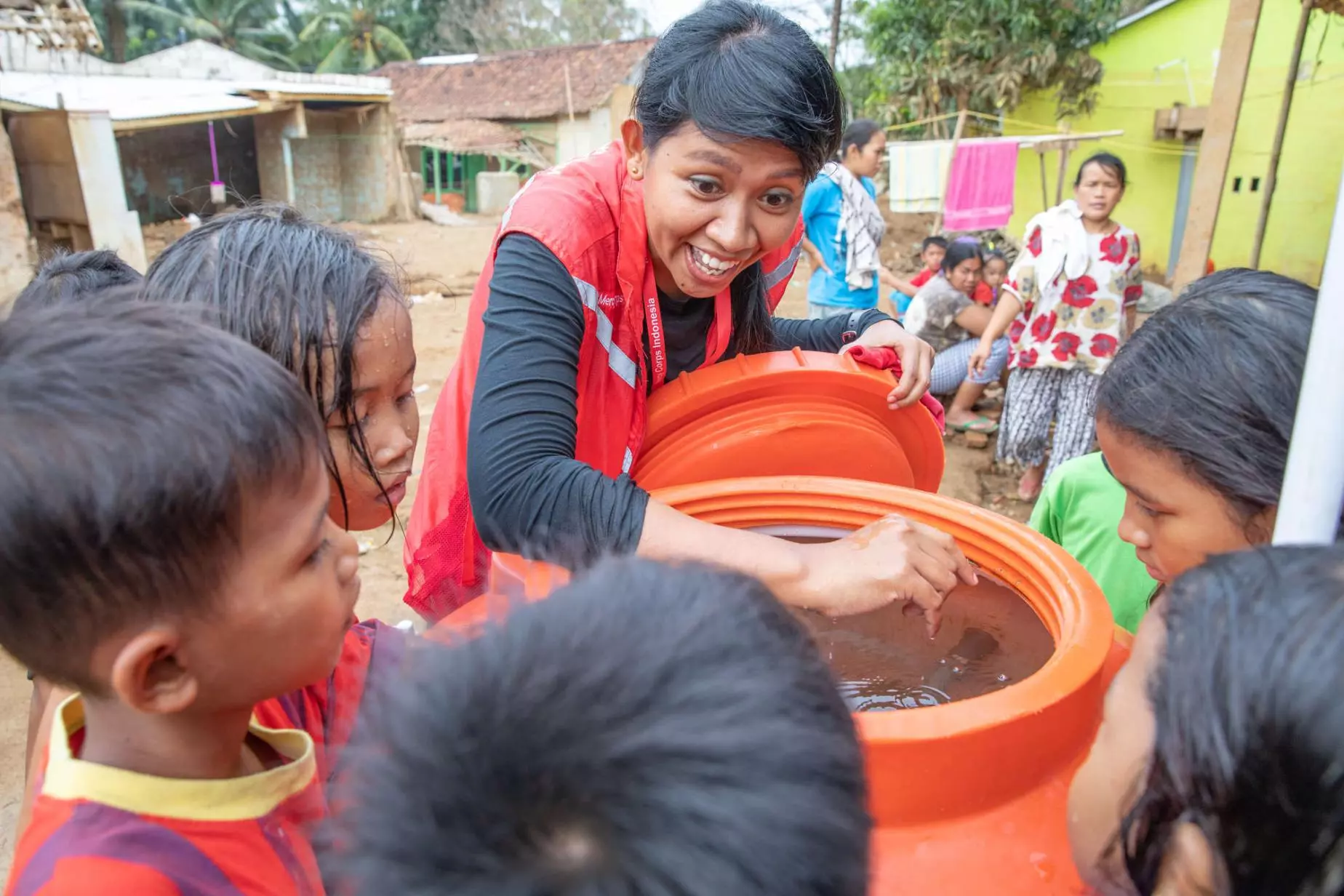 The Mercy Corps
The Mercy Corps
6. GlobalGiving
GlobalGiving connects donors with grassroots projects around the world, including disaster recovery initiatives. They help fund local organizations that are on the ground, providing tailored support to affected communities. A touching example is their work in Nepal after the 2015 earthquake, where they funded projects ranging from rebuilding schools to providing medical care, all driven by the needs expressed by local communities.
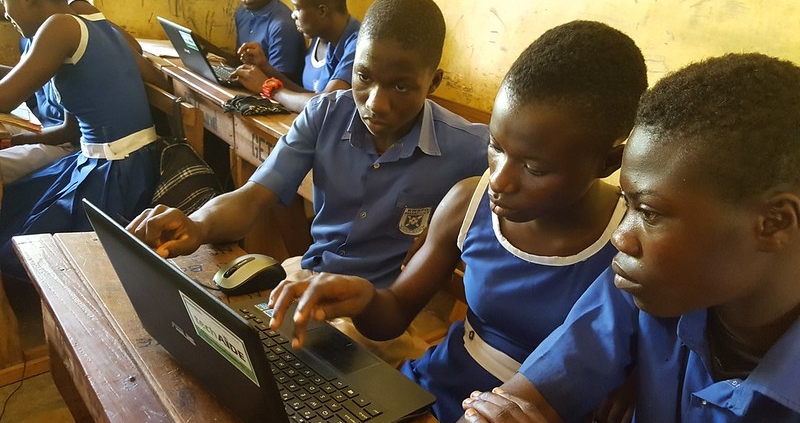 Global Giving organization
Global Giving organization
7. The Salvation Army
The Salvation Army is a powerhouse in disaster relief, offering everything from emergency shelters to emotional support. Their approach is deeply rooted in community service, often leading recovery efforts in affected areas. Their response to the 2017 hurricanes in the Caribbean involved distributing food, water, and household supplies, as well as setting up disaster relief centers.
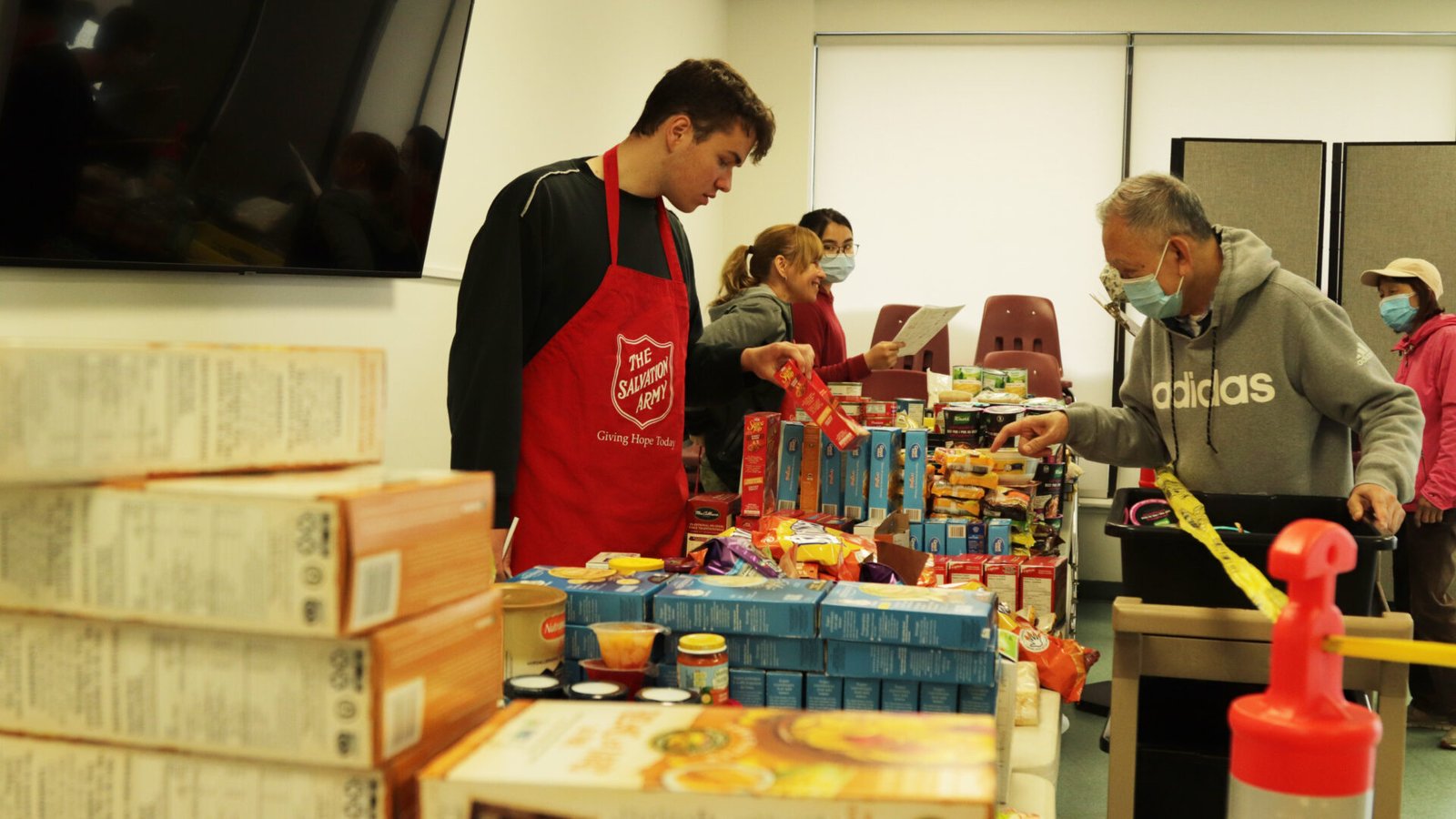 The Salvation Army distributing food
The Salvation Army distributing food
8. ShelterBox
ShelterBox specializes in providing emergency shelter and supplies to families displaced by disasters. Their aid packages include tents, blankets, and cooking equipment—everything needed to create a temporary home. For instance, their response to the Syrian conflict has provided thousands of families with essential items, helping them rebuild their lives in the face of relentless adversity.
 A ShelterBox tent
A ShelterBox tent
9. Team Rubicon
Team Rubicon leverages the skills of military veterans to provide disaster relief. They deploy teams to disaster-stricken areas, offering everything from search and rescue to cleanup and rebuilding. Their work in places like Puerto Rico after Hurricane Maria demonstrates their ability to mobilize quickly and effectively, turning the experiences of veterans into tangible help for communities in need.
![]()
10. Doctors Without Borders (Médecins Sans Frontières)
Doctors Without Borders focuses on providing medical care in areas affected by crises, including natural disasters. Their work extends to treating injuries, providing mental health support, and running emergency clinics. After the 2011 earthquake in Japan, they were on the ground, offering medical aid and helping communities recover from the trauma of the disaster.


